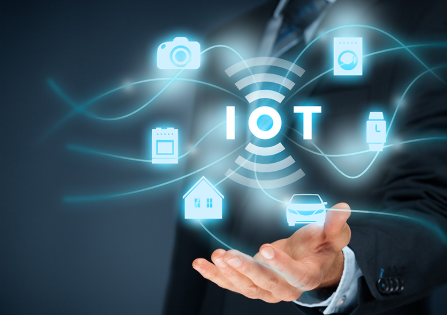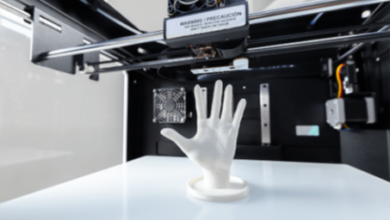In the current landscape of IoT, data security is paramount. With an increasing number of connected devices, vulnerabilities proliferate. Effective data protection requires a systematic approach. This includes enhancing home network security, scrutinizing device permissions, and understanding cybersecurity principles. Each layer of defense plays a critical role in safeguarding personal information. However, the complexities of IoT security raise questions about best practices and potential pitfalls that users must navigate.
Strengthening Your Home Network Security
A robust home network security framework is essential for mitigating the risks associated with the increasing number of Internet of Things (IoT) devices.
Implementing network segmentation can effectively isolate vulnerable devices, reducing potential attack vectors.
Additionally, regular firmware updates enhance device security by addressing vulnerabilities.
Together, these measures form a comprehensive strategy to protect personal data and uphold individual autonomy in an interconnected environment.
Read more: Phishing Attacks: How to Spot and Prevent Them
Managing Device Permissions and Privacy Settings
While many users may overlook the importance of managing device permissions and privacy settings, doing so is crucial in safeguarding personal information in an era dominated by IoT devices.
Effective management of device access through robust privacy controls limits unnecessary data sharing, enhancing user autonomy.
Regularly reviewing permissions ensures that only essential access is granted, thus minimizing vulnerabilities and protecting sensitive information from potential exploitation.
Educating Yourself on Cybersecurity Best Practices
Understanding the nuances of device permissions and privacy settings serves as a foundational step in a broader approach to data protection.
Developing phishing awareness is crucial, enabling individuals to recognize and mitigate potential threats.
Additionally, employing secure passwords enhances account safety, reducing vulnerabilities.
Continuous education on these cybersecurity best practices empowers users, fostering a proactive stance in safeguarding personal data against evolving IoT risks.
Conclusion
In conclusion, as IoT devices proliferate, securing personal data is more critical than ever. A staggering 70% of IoT devices are vulnerable to attacks due to inadequate security measures, highlighting the urgent need for robust network defenses and vigilant device management. By strengthening home network security, meticulously managing device permissions, and staying informed about cybersecurity best practices, individuals can significantly reduce their risk of data breaches and enhance their overall online safety in this interconnected landscape.






